
12 minute read
Dynamic Tang
Soo Do
I was looking on Facebook when I came across a post from Master John Correlje asking for help with his book, he needed someone who knew the Tan Tui or Damtoi forms in Korean. The tantui are a series of short forms 12 in total that belong to Wushu and can also be found in many styles of northern China.
Advertisement
GM Hwang Kee learned these forms during his 14 month stay in China when he trained with Yang Kuk Jin and later trained for some time with Li De Jiang who was a Quanfa (kung fu) instructor. These forms strongly influenced Soo Bahk Do, which is why I became interested in studying them. For this reason I offered to help Master Correlje in his book. It was a very enriching experience to be able to cooperate with him. At the time I received the complete book at my house sent by the Master John Correlje from Holland in gratitude for my help.
There I could see the quality of the material that was in this book, during all the years of practice in martial arts I have had many books, but this book is simply the book of books in tang soo do. It contains a history of all the masters who created the forms and who in some way influenced these forms to be part of tang soo do. In addition, in some cases it contains more than one version of some forms, since it depends on the organization, sometimes the forms have changes.
The drawings are very good, they help you to see step by step the development of the shapes in question. I think every serious practitioner of tang soo do should have this book which has the cooperation of different teachers from different parts of the world. Then the Master John Correlje asked me if he could translate the book into Spanish, which I obviously agreed. Now they will be able to have this book in their language and be able to understand it even more. You won’t regret it.
KJN Patricio Saavedra
Why Tang Soo Do?
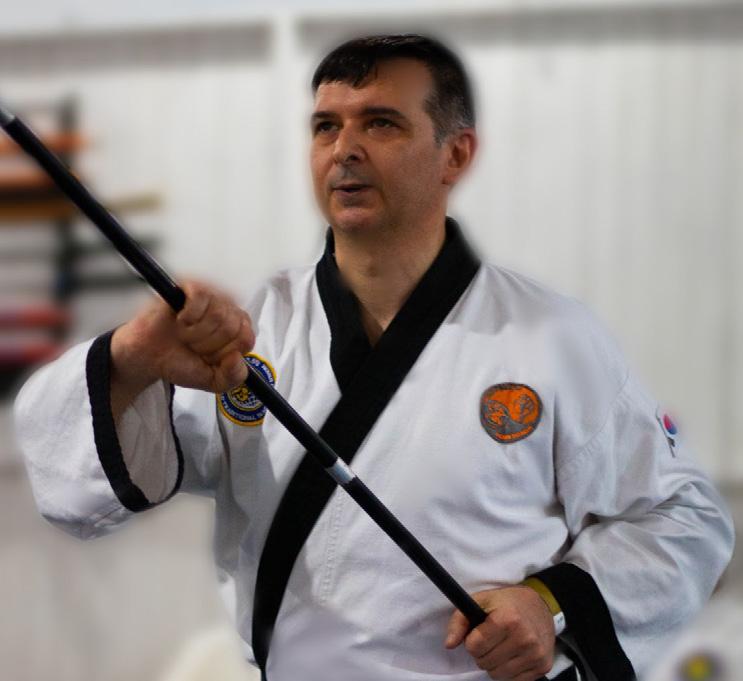
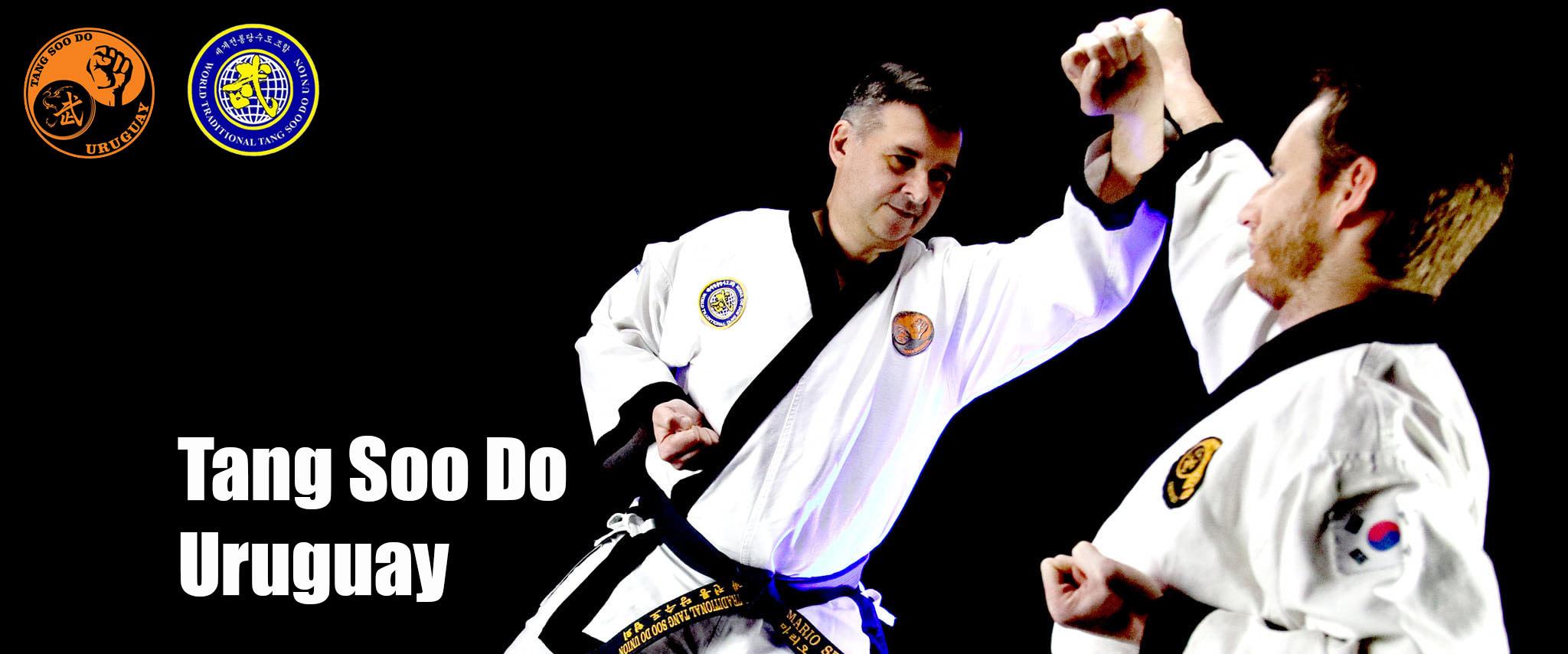
You have come this far, and that means then that you have opened your world of possibilities regarding martial arts, they are no longer those "few you knew".
Today you have the opportunity to offer in your recognized institution an innovative and original proposal, until now non-existent in Uruguay. At the same time, offering ancient values and teachings through an art such as TSD, which has been transmitting a philosophy of life from generation to generation for hundreds of years.
You come to our meeting at a time when two of the best ingredients that an organization can offer you are combined: youth: we have been operating in Uruguay for approximately four years with sustained growth, and experience: the Uruguayan TSD is made up of a team of instructors who average more than fifteen years of being at the forefront of martial arts schools, working together with other institutions and betting on permanent training both within martial arts, as well as in various areas (first aid, education, nutrition and more).
Our commitment:
Without a doubt, the world is a different place from the one you and I remember from our childhood, even more so from that world that gave rise to martial arts. It is then necessary to take on the challenge and take charge of the role that we have in society when it comes to transmitting our teachings. Today we talk about some concepts that we believe are key:
Bullying - The reality of school and other areas is a fact and our attention is directed to that focus when it comes to the little ones Self-defense - Of course, when thinking about daily activities, from leaving our homes, to the various situations that can also arise there, it is fair to think of tools to be able to solve these situations.
Sport - Leaving aside the great variety of devices that offer us "entertainment", the endless hours of work, in short, the routine. It can be a challenge, but we have decided to say NO to a sedentary lifestyle.
Meditation - Exclusive benefit for Tang Soo Do practitioners. It has not been placed on this list by chance, it represents everything that makes us unique as human beings, meeting our feelings, emotions, who we are, pursuing harmony and achieving self-control in the broadest sense of the concept.
Values - We could mention endless articles on this list, but it is true that the fundamental basis of martial arts is values, act as a reinforcement and in some cases as a source of inspiration. - Respect - Trust - Selfcontrol -
If we could summarize all this in a dream, we would then speak of integration in the broadest sense, people of all ages, genders, creeds practicing in harmony to take today's society to another level, where coexistence and peace are the common denominator. . But we clarify, we need you in the process, you, EVERYONE.
Contact: SBN Mario Segnini: +598 98 731 076
Web: wttsdu.com
Facebook: @worldtraditionaltangsoodounion

Correo: worldtraditionaltangsoodounion@gmail.com
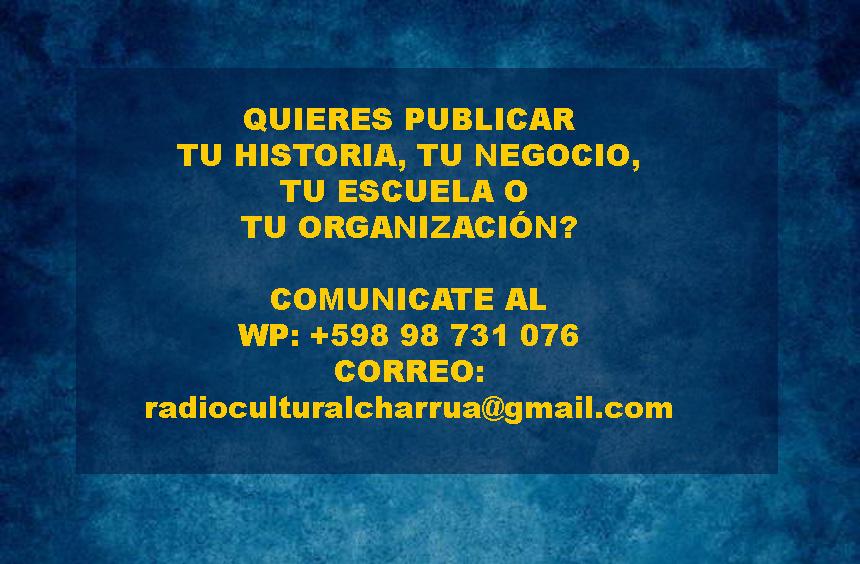
HISTORY OF KICKBOXING IN JAPAN, FROM MUAY THAI TO

K-1.
This book marks the first publication in the West of a work dedicated exclusively to telling the exciting history of Japanese kickboxing. A chronicle that begins with the first interactions between karate and muay thai, and that leads us to relive the epic of the first challenges between both styles. Kickboxing was the result of the importation and adaptation of Muay Thai to Japan, carried out by the promoter Osamu Noguchi in the 1960s. In this paper, we will discover the background, the birth, and the different phases of growth and evolution of kickboxing in the land of the rising sun. We will also see its subsequent globalization, and we will reach the last kickboxing revolution, the launch of the K-1, by the master Kazuyoshi Ishii, in the early 90s. A vibrant story, full of unprecedented data outside of Asia, that will surprise, and It will change the reader's perception of the history of this martial sport until now.
David Leonardo Bárcena after 10 years of compiling exhaustively, the History of KickBoxing summarizes it for us in an excellent self-published book.
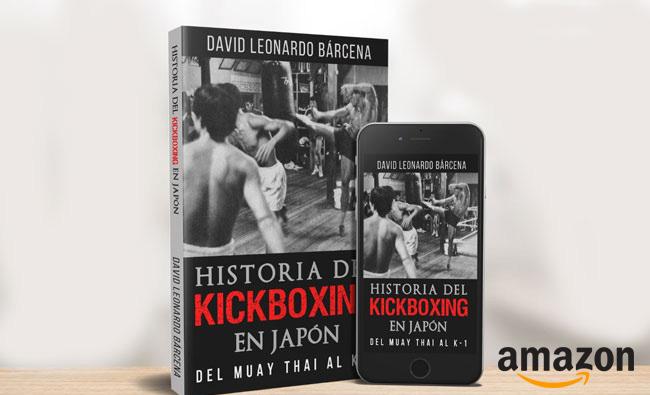
You
can buy it on AMAZON Product Details
Publisher : Independently published (December 18, 2020)
Spanish Language Paperback: 291 pages
ISBN-10 : 1549802879
ISBN-13 : 978-1549802874
“El Efímero Observador”
It is a reflective philosophical work, its author exposes issues as controversial as they are common, taking them to extreme points, and always looking for a healthy individual balance in thought, no dogmas, die to radicalism and without hypocrisy or contracts, a look at the daily life of each one of us who inhabit the planet and the wornout concepts and customs waiting to be destroyed with a hammer.
BIOGRAPHY:
He was born in the city of Hermosillo, in 1976, the son of Juan Manuel Acosta and Yolanda Serrano (+), he develops in a context of traditional education, his early social relationship occurs in a certainly different way, attached to having friends from the elderly, always questioning the social changes that were seen in his contemporaries, as well as the prejudices and value judgments that occurred in a time overwhelmed by capitalism and consumerism in Mexico. A child with a lot of imagination, and even an inventor of non-existent events, someone who, based on fantastic odysseys, captured the messages that his teachers gave him, sometimes harsh, many others with laughter in between. Married to Melba Valenzuela since 1998, with whom he had four children, student of society and its behavior, insatiable reader and lover of balance of thought, volunteer for various causes of a social nature, martial arts teacher, seminarian, and international competitor in Peru, Argentina, Uruguay, etc. Today he debuts as a writer and continues in his social causes from his own trench, the traditional center of martial arts.
ENDORSEMENTS:
“I recommend reading this book, which reminds us of the values that are being lost today, the ways of teaching, the factors that influence one's personality and good customs. Order in your life as a fundamental stone, find your place in the world, meet your inner being and always seek the truth.
Mario Marcelo Segnini Fursa martial arts teacher Graphic Designer,
Radio Panelist and Entrepreneur. Montevideo, Uruguay. “Whenever we talk about teaching, it is easy for us to think of schools, high schools, universities, but… What if the path we follow in our lives is marked by many more ingredients than those? You have to read this work then, and rediscover yourself with information that sleeps in your mind. I invite you to recognize and change old patterns.
John Suarez martial arts teacher Entrepreneur, Neurosales Trainer, Apprentice of life. Montevideo, Uruguay. "The Ephemeral Observer", a recommended reading in these times where the generation gap seems to get bigger and bigger Finding yourself, the importance of keeping the values and roots of each being strong. Observe, describe, understand and never judge.
Daniel Rodriguez Garcia Medical Specialist in Rehabilitation Master of Martial Arts
weaponry), but a strength of your heart, mind and spirit. Speaking philosophically, what is martial arts, but a way to unify your mind, body, and spirit?
Musashi's Book of Five Rings: The Book of Earth
SBN Mary Cayte Reiland
Musashi's Book of Five Rings: The Book

of Earth
SBN Mary C Reiland, USA
Tang Soo readers, happy January! Welcome to the new year, and a new set of topics to discuss. Within the past year, I became aware of a book entitled "Musashi's Book of Five Rings, The Definitive Interpretation of Miyamoto Musashi's Classic Book of Strategy" by Stephen F. Kaufman. Reading the book brought new meaning to the eighth of the ten Tang Soo Do articles of faith. I was told once that the article was modernized to "Know the difference between good and evil" from "Be discreet in killing".

If you've never heard of Miyamoto Musashi, then you should know he was a Japanese swordsman who lived in the 1500s and 1600s. The Book of the Five Rings discusses his way of strategy and fighting in 5 sections labeled after the five elements of the universe (earth, water, fire, wind and the void). The first book is the Book of Earth, where we lay the foundation of our art, for no structure can stand without a solid foundation. Each month for the next 5 months, we will discuss each ring/element/book.
First thing to note is the difference between an expert and a master, for they are not the same thing. You may be an expert in one thing, but you should never stop seeking mastery. Seeking mastery becomes your way. Everyone's ways are different depending on who you are, but they all end in the same way, to the attainment of mastery.
In reading the way of his strategy, I found that Musashi's opinions are akin to my own. We both believe that egos have no place in the dojang, not everyone who has great technique is meant to teach, and that each student should learn from multiple viewpoints. Even the great Japanese swordsman says that if you only study the sword, you will have a narrow minded view and never truly attain mastery.
When studying an art, you need to understand what the end-game goal is, work towards it, seek the spirit of the art, and show discipline in your journey. To work with such discipline takes a kind of strength, not a physical strength (such as your armor or
Musashi speaks also of the necessary tools and weapons necessary to practice your art. I heard once that you must practice until you are both physically and mentally challenged. Musashi believes that you should practice and examine everything over and over again without regard for your personal time and energy (physical or mental). Remembering now our discussion of seeking the spirit of the art, that is what guides you through this physical and mental exhaustion of practice.
Going back to the point of studying from multiple viewpoints (or multiple instructors), let's delve a little deeper. Musashi believes that each warrior swordsman should be familiar with other weapons. How else can you prepare to defend against them, should someone attack? I have an instructor who likes to fight with different weapons, and shows us how to use one against another. For example, nunchucks against a staff or sai against a sword. Only when you study as such and think deeply on what you are learning, do you really grow.
I've also heard in my martial arts life that you get out of your art what you put into it. Mushashi believes the same. "The level of commitment that you give to it will indicate to it what to reveal of itself to you." There is no growth without significant commitment. Consider this, in Musashi's day, everyone trained every day for hours to attain mastery. Today, we're lucky to train 2-3 times a week for an hour at a clip, and the martial arts are considered more of a hobby than a way of life. Granted times change, and we're not walking around Japan with only our swords to defend our homes and lives, but I'd like to think of what we could attain in this modern age with more of the 17th century discipline and commitment to attaining mastery.
Before we bring this article to a close, let's list out the nine basic attitudes Musashi writes are "essential to free your spirit from negative thoughts that would interfere with your journey."
1) "Think honestly within yourself in your dealings with all men." What is he trying to say here? I think he means you must not only be honest but seek honesty in others.
2) "Constant training is the only Way to learn strategy." No arguments here, it takes a lifetime and beyond to learn the way of strategy.
3) "Become familiar with every art you come across." Going back again to the multiple viewpoints, in order to grow you must become familiar with other arts.
4) "Understand the Way of other disciplines." To study other arts means to understand their Way and to adapt it to your Way.
5) "Know the difference between right and wrong in the matters of men." Balance you must!
6) "Strive for inner judgment and an understanding of everything." You must not judge yourself too harshly, and know that any amount of ego will hinder you.
7) "See that which cannot be seen." Use all of your senses.
8) "Overlook nothing, regardless of its significance." I was told once that little things make big differences, no different here.
9) "Do not waste time idling or thinking after you have set your goals." Know what you want, go after it with every fiber of your being.
Ladies and gentlemen, I give you the Book of Earth with my own thoughts mingled. Next month we will discuss the Book of Water. Until that time, take care and Tang Soo!
Endnotes:
Stephen F. Kaufman, Hanshi 10th Dan, Musashi's Book of Five Rings: The Definitive Interpretation of Miyamoto Musashi's Classic Book of Strategy (North America, Latin America & Europe, Tuttle Publishing, 1994).
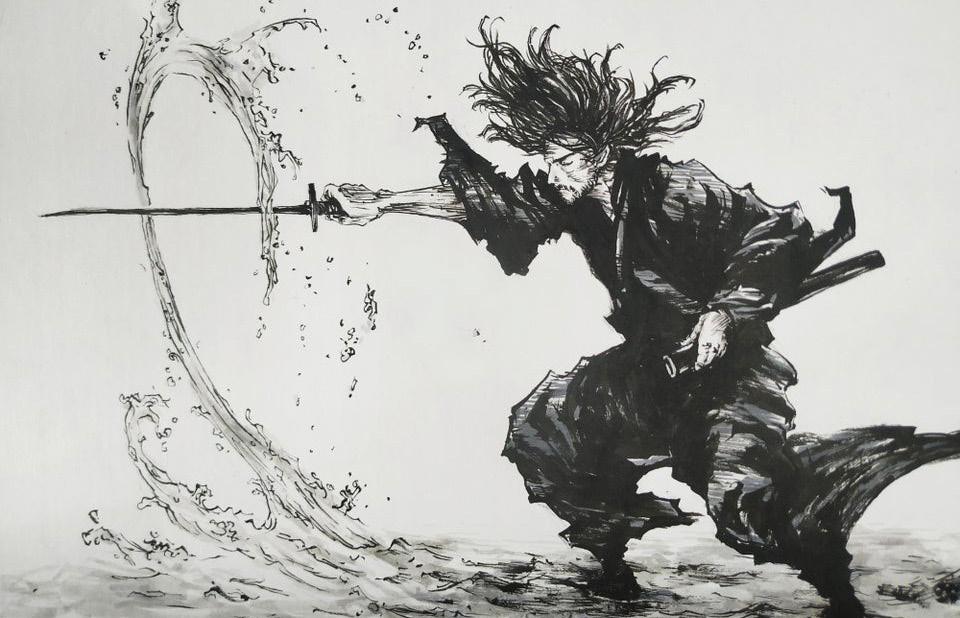
We are already in 2023 and if there is something that does not stop, it is time, why do I make this reflection? Precisely on January 5, it was 50 years ago that I participated for the first time from a martial arts class. It was precisely KARATE GOJU KAI, which I began to practice in a well-known gym in the center of Montevideo. He himself was the Geo London institute, founded by a French teacher.
My teacher was Ricardo Sosa Ferreira, 1st Dan of the style. Little by little I became more interested in KARATE and so at 5 months I took my first exam for the green bar.
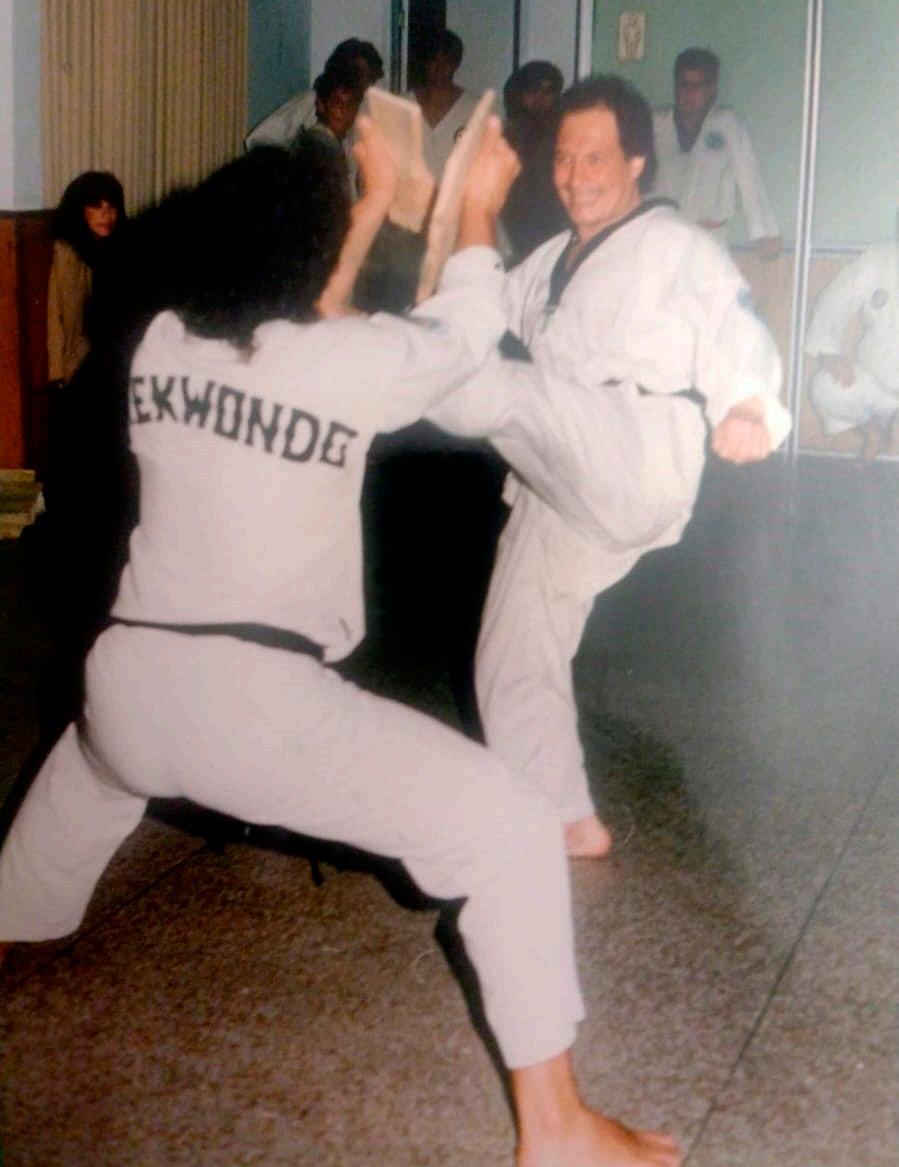
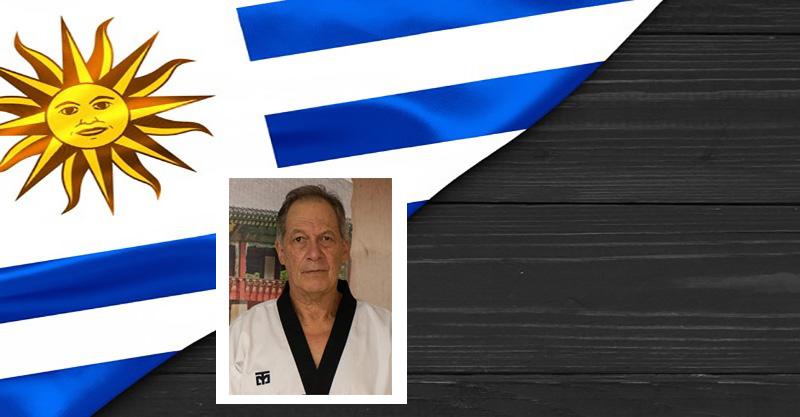
A year later, when I was ready to take my green belt exam, my teacher traveled to São Paulo, Brazil, to study with his teacher, Mr. WATANABE.
Said teacher informs him that soon he will settle in Mexico. He clarifies that, due to different circumstances, he did not continue teaching. He himself presents it to a master of the KYOKUSHINKAIKAN style, a style with a certain similarity to the one we had been practicing. Finally he is accepted and after intense and hard practices he is awarded the 1st Dan and is also recognized as chief instructor for Uruguay.
When he returned from Brazil, he brought all the students together and told us about his experience, showing us the practice of the style, to which all the students decided to accompany him on this new path. I'm talking about 1974, then I took the blue belt exam, which was the first in that style, and I even took the brown belt.
In 1979 I suffered a double fracture of the tibia and fibula in my left leg while playing soccer, and there I did both activities simultaneously. The injury took me 2 years to recover and I had to stay away from all sports activities. In 1983, when I returned to physical activity, I decided to start practicing TAEKWONDO W.T. due to its proximity to my home.
I was enthusiastic and began to attend regularly. With months of practice I gave up my first belt and that same year I obtained the national TAEKWONDO championship in the category.
An important detail, my teacher was Andres Rivas who reported to the teacher LEE, from the URUGUAYAN TAEKWONDO FEDERATION.
I was his student up to a blue belt, disassociating myself from Rivas, since due to different circumstances he joined the TAEKWONDO I.T.F.

Then I linked up with Professor Ruben Gonzalez Maya, who was a representative of the CHUNG DO KWAN of Argentina, organization in charge of Master Oscar Tajes.
At the same time, Gonzalez took me for a red belt exam and then traveling with him to Argentina, I took improvement classes with Tajes, and he authorized me to teach as DAN BO.

In Montevideo we organized a tournament in which members of the TAEKWONDO CONFEDERATION and the CHUNG DO KWAN participated. The tournament was held at the Trouville club on February 28,
1987, being the first international TAEKWONDO tournament held in Uruguay.

At the end of that year I took an exam for 1st Dan with the teacher Oscar Tajes, who at that time was Oto Dan, who today is 9th Dan of KUKKIWON and advisor for Latin America.
In the next issue, I will continue recounting my experiences of 50 years dedicated to the Martial arts.
Until next time!!!










